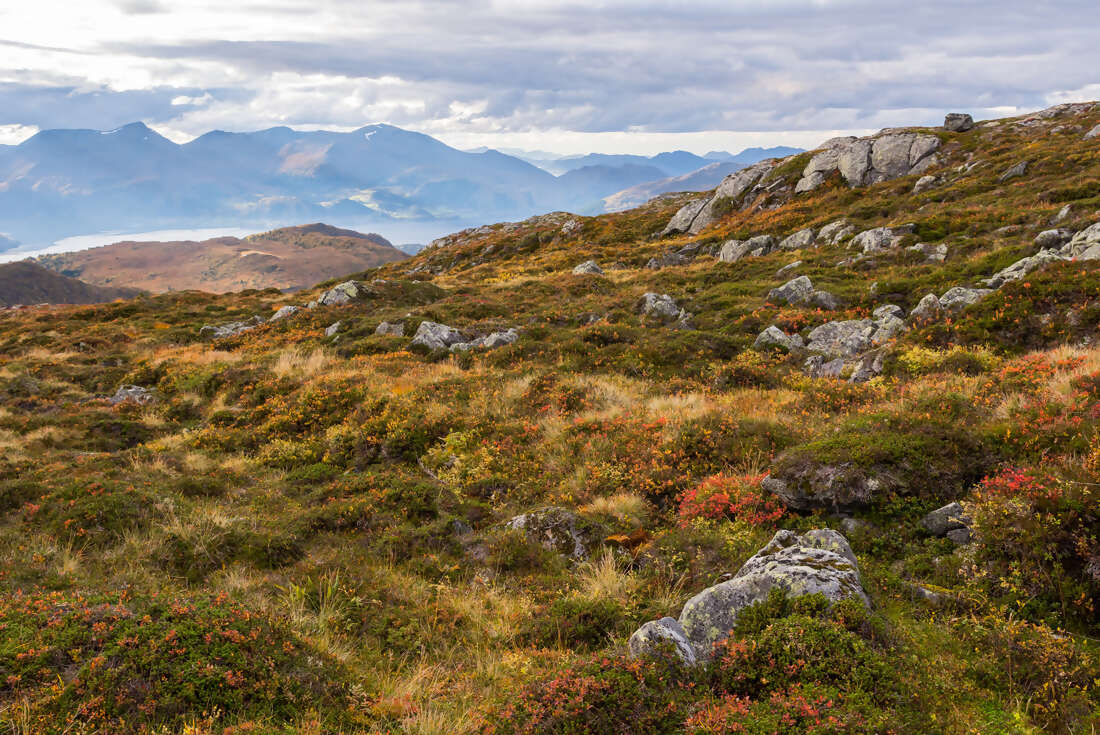 Enter a world of extremes where night looks like day, day looks like night and regardless of the season, the scenery's much more than alright. Leave the Arctic Circle behind and discover northern Norway's captivating sights and long, fabled history. Begin in the capital, Oslo, and make your way to Trondheim, the Viking city home to the Nidaros Cathedral and the remains of St Olav, Norway's patron saint. Explore the rugged, unbelievably picturesque Lofoten Islands by land and water before finishing in Tromso, a vibrant city famed for its cultural offerings despite its relative isolation.
Enter a world of extremes where night looks like day, day looks like night and regardless of the season, the scenery's much more than alright. Leave the Arctic Circle behind and discover northern Norway's captivating sights and long, fabled history. Begin in the capital, Oslo, and make your way to Trondheim, the Viking city home to the Nidaros Cathedral and the remains of St Olav, Norway's patron saint. Explore the rugged, unbelievably picturesque Lofoten Islands by land and water before finishing in Tromso, a vibrant city famed for its cultural offerings despite its relative isolation.Highlights
Visit Trondheim, which translates as 'a good place to live', and stroll past the colourful wooden storehouses flanking the river.
Gaze at the immense Nidaros Cathedral, an incredible Gothic building that houses the remains of St Olav, the patron saint of Norway.
Explore the long-adored Lofoten Islands, a patchwork of fishing villages, by land and sea and take in some of the most breathtaking scenery in the entire world.
Finish in Tromso, hundreds of kilometres north of the Arctic Circle, where the arts and culture scene is thriving despite its isolated, northerly location.





- You will visit the following places:
-

Oslo
Oslo is a county and municipality, as well as the capital and largest city in Norway. Oslo was established as a municipality on 1 January 1838. Founded around 1048 by King Harald III "Hardraade" of Norway, the city was largely destroyed by fire in 1624. The Danish–Norwegian king Christian IV moved the city, rebuilding it closer to Akershus fortress, as Christiania (briefly also spelt Kristiania). In 1925, the city reclaimed its original Norwegian name, Oslo. The diocese of Oslo is one of the five original dioceses in Norway, which originated around the year 1070.
-

Tromsø
Tromsø is a city and municipality in Troms county, Norway. It is considered the northernmost city in the world and the most populous town north of it is Alta, Norway. It is also one of the best places to view the spectacular Northern Lights in winter. Tromsø is a surprise to most visitors: Here you find art, history, sophistication, good food and an infamous nightlife in a bustling, tiny city. All of it, though, is surrounded by spectacular scenery that is visible from everywhere in town. The city is home to the world's northernmost university, as well as research institutes and satellite based industry. The population is therefore highly skilled, but retains the straightforwardness and sense of humour that the North is known for.